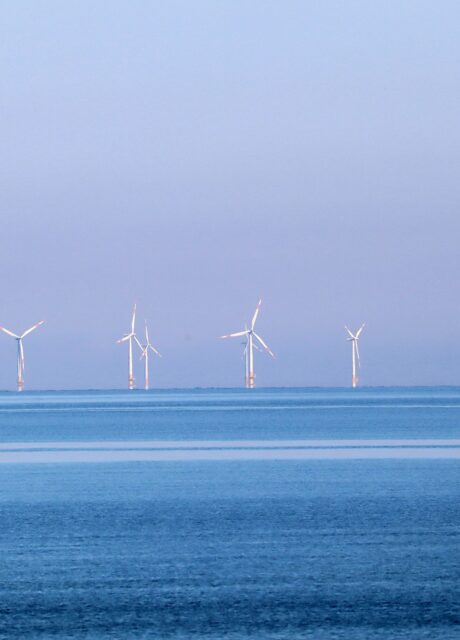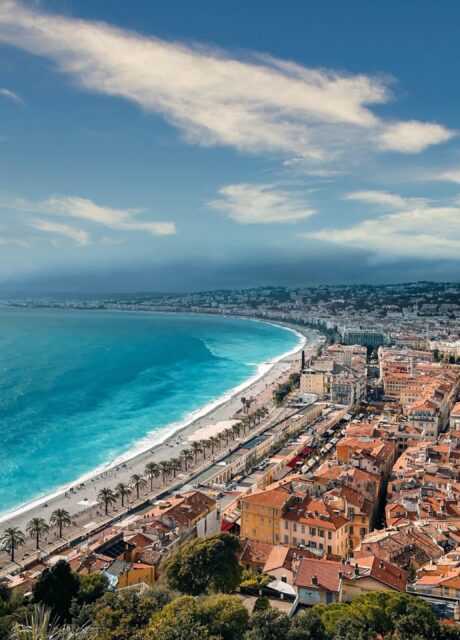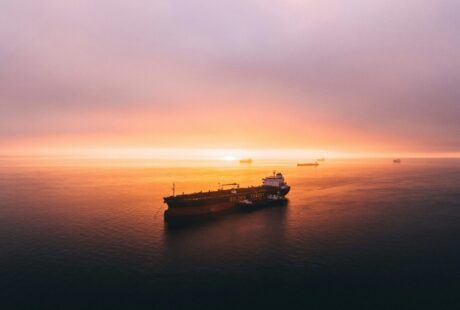The EU Offshore Renewable Energy Strategy targets a 25-fold increase in offshore wind, together with significant deployment of wave, tidal, thermal and other marine renewable energy. Seas At Risk welcomes this step in the transition to renewable energy but cautions that countries will have to dramatically step-up the implementation of environmental legislation if this large-scale infrastructure deployment is not to come at the cost of marine biodiversity.

The strategy aims for 300GW of wind and 40GW of ocean energy by 2050. This unprecedented upscaling of the sector would contribute strongly to the EU meeting its Paris Agreement target. The Strategy also sets out a vision to ensure that the planning of offshore renewable energy is compatible with biodiversity protection and is done in a holistic and regionally coordinated manner. In this it relies heavily on the effective implementation of the Maritime Spatial Planning Directive and the comprehensive set of EU environmental legislation (the Marine Strategy Framework Directive, Habitats and Birds Directives, Strategic Environmental Assessment Directive, among others), whose implementation to date does not inspire confidence.
The European Environment Agency’s Marine Messages 2 shows a continuing trend of overexploitation and degradation of Europe’s seas. The Commission’s evaluation of the first cycle of the Marine Strategy Framework Directive (MSFD) concluded that Member States have failed to achieve good environmental status by 2020.
Although the MSP Directive calls for ecosystem-based, cross-sectoral planning to keep cumulative impacts within ecological limits, in practice planning is often done on a sector-by-sector basis, with nature protection considered a ‘user’ like any other and often sacrificed to make space for others.
The Strategy overlooks the poor status of the Marine Protected Areas (MPAs) network designated under the Nature Directives and the MSFD. By 2030, the Biodiversity Strategy aims to transform 30% of Europe’s sea into effectively managed protected areas, with one-third strictly protected. Today, 12.4% of the EU marine area is designated for protection but only 1.8% of the seas are covered by MPAs with management plans (source WWF). In addition, marine protection in European seas is largely focused on coastal areas, with few protected offshore areas.
‘Climate breakdown and biodiversity collapse are two sides of the same coin,’ says Ann Dom, Deputy Director of Seas At Risk. ‘Large-scale deployment of offshore ocean energy should be done with respect for marine life. However, the starting conditions do not bode well. Europe’s seas are already in a dire state due to overexploitation and weak implementation of environmental legislation and unless that is tackled, adding more pressures will not be sustainable.’
In March 2021, countries will submit their Maritime Spatial Plans for the next six years. It will be a challenge for these plans to integrate national offshore renewable energy targets (as set in the national energy and climate plans) and yet comply with the Biodiversity Strategy objective of 30% effective protection and nature restoration. Seas At Risk believes that large-scale infrastructure such as offshore wind farms should not be allowed in MPAs and other ecologically valuable areas and that buffer zones should be established.
The EEA Marine Messages 2 project a doubling of the EU maritime economy by 2030 in light of the EU’s ‘Blue economy’ objectives, with competition for space thus likely to increase. To make space for renewable energy, harmful sectors such as oil and gas drilling, extraction of raw materials, harmful fisheries and dirty shipping will have to be reduced or banned.
Finally, it is crucial that offshore energy is planned as part of integrated energy scenarios with far-reaching measures to reduce overall energy consumption. IPCC reports conclude that technology and innovation alone will not suffice. Rather, it will require a deeper transformative change of our economies and lifestyles, alongside the transition to renewables.
Posted on: 20 November 2020



